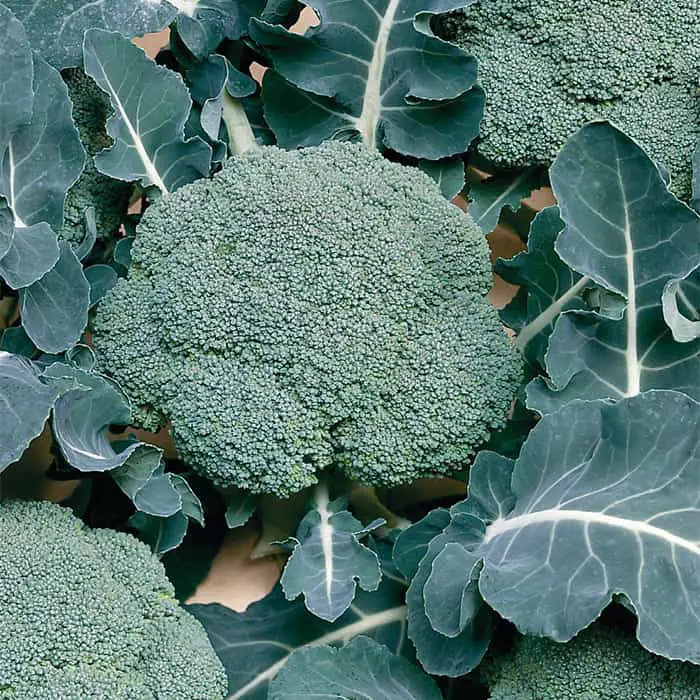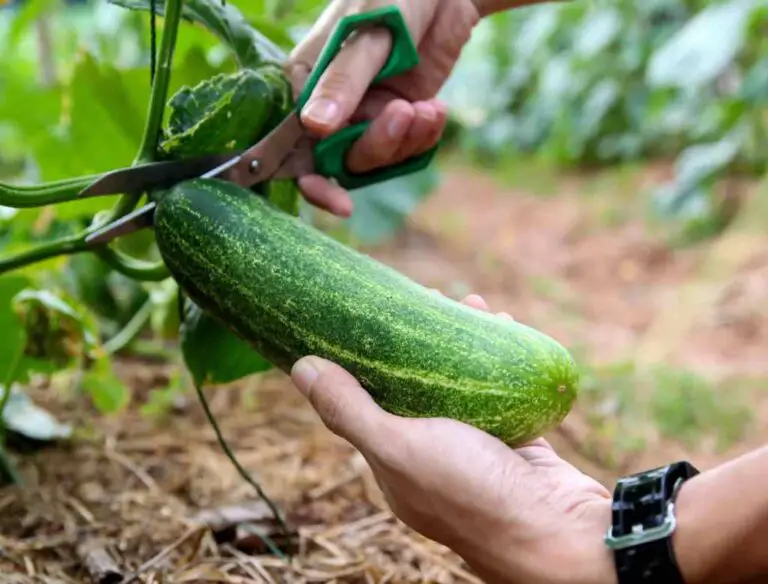Understanding Vertical Farming: How It Works, Advantages and Disadvantages

Are you interested in exploring the world of vertical farming? We’ve got you covered with this all-inclusive reference guide that introduces you to this promising new method for feeding a household or the world’s population with minimal space.
Let’s start out by defining what vertical farming actually is. Vertical farming is precisely what the name implies: a method of growing food in vertically stacked growing beds. The beds can use various media to grow the plants, whether the media is the same soil a typical farming operation would use or a fully hydroponic system that uses only water.
Vertical farming is becoming increasingly popular because of its sustainability potential and benefits for urbanites looking to take control of their food supply.
Types of Vertical Farming
Hydroponic systems and aquaponic systems are one of the major types of vertical farms. These systems stack hydroponic growing beds that use water as the primary growing medium, either on their own or in conjunction with tanks holding live aquatic animals that help provide fertilizer for the plants.
Aeroponics is a farming method that grows plants in an environment that is primarily air or mist. This system is notable for its very low water usage.
Soil-based systems use soil as the growing medium for the plant beds, but are otherwise similar to a hydroponics system.
Another decision a vertical farmer has to make is whether the beds are stacked horizontally like shelving units or vertically like pillars of a building. Horizontal growing beds are more intuitive and easier to set up, but vertical beds are more easily maintained.
Vertical beds are more easily maintained because they don’t require a worker to move up and down to access each bed, which involves specialized equipment such as ladders and lifts. This equipment is expensive, takes up a large amount of space, and is a workplace hazard that is easily avoidable if you use the pillar-oriented beds.
Vertical Farming Benefits
Space-saving setup
Since vertical farming stacks growing beds on top of each other, it requires far less square footage than a traditional farm or greenhouse. This space-saving structure creates a giant benefit.
Less chemical pollution
Vertical farming systems eliminate the potential for fertilizer or pesticide runoff, which is a common problem for field farming. The closed system of the vertical farm keeps you in control of everything that moves out of it. You can dispose of waste responsibly and prevent pollution that you would otherwise have little control over.
Opens the door to urban farming
With vertical farms able to exist in completely artificial environments and smaller areas of floor space than greenhouses or field farms. This urban farming method allows people to grow large amounts of food in urban areas. Vertical farms can exist on rooftops, in skyscrapers, in basements, and everything in between, meaning city populations can have more control over their food supply.
Shorter distance from farm to market
When people can farm in areas that would otherwise not be able to grow food, crops can be grown closer to the markets. This cuts transportation costs and reduces the carbon footprint of our food. For urban centers in particular, a large part of the food supply’s emission total comes from
transporting the food from where it is grown in rural areas to where it will be eaten. With urban centers equipped with farming methods that can operate in the city, this emission total will plummet.
Makes use of unproductive land
Vertical farming divorces the farm from the arability of the land. With traditional farming methods, land that is unable to be used for food growing simply goes unused. Vertical farms can make use of this unproductive land by growing food in a closed system.
Crops year-round
Since you have complete control of the vertical farm’s artificial environment, you can control light cycles, temperature, water supply, and all of the other parameters that determine when a crop is producing product or not. This control means that you can grow food year-round regardless of the area’s natural climate or weather.
Lower resource usage
The closed system of the vertical farm means that you don’t have to account for resource loss from runoff, evaporation, or other factors that you would otherwise. Vertical farms require less water and less fertilizer and do not require herbicides or pesticides. This combination saves money and makes vertical farming more eco-friendly than traditional field farming.
Less pests
Indoor vertical farms aren’t subject to plagues of pests like outdoor farms are. Having the farm closed off from the outside virtually rules out the possibility of insects, rodents, or other creatures that could wreak havoc on your crops. This means you have no reason to spend the money or time applying pesticides to your farm.
| Read: What Is Vertical Mulching? Sustainable Gardening Made Easy |
Disadvantages of Vertical Farming

Pollination problems
With the elimination of insects from your farms, all pollination will have to be done by hand. This is costly in both time and labor and is something that outdoor farms do not have to worry about.
Energy costs
With indoor farming comes the responsibility of maintaining the artificial atmosphere that the plants need to keep produThe energy consumption required for grow lights and temperature control will result in costs that outdoor farming does not incur.n’t require. Sunlight is free. Electricity is not.
Expensive start-up costs
Vertical farming requires an extensive amount of setup before you can begin planting. You’ll have to install all of your growing beds, your fertilization and irrigation systems, as well as all of your environmental control systems before you can plant a single thing. All of these specialized pieces of equipment will require an investment that is usually higher than that required of field farming.
Less jobs
Vertical farming operations require a smaller workforce to tend the beds and harvest the crops. Additionally, allowing communities that were previously dependent on rural field farms for their food supply a way to grow their crops kills jobs for rural farmers and their farmhands. The transportation sector also takes a hit with the introduction of vertical farming, since vertical farms require less transportation to get their crops from farm to table.
High labor costs
The need for hand pollination and a deep understanding of vertical farming practices and technology to properly work in one of these facilities requires a skilled worker. This will come with a higher price tag per worker than a field farmer would pay for their workers.
Technology hiccups can kill productivity
If the electricity that powers your farm’s artificial environment goes out—even for a short amount of time—you risk losing a hefty amount of yield. It doesn’t take long for a plant to begin to slow growth without light or if the water supply decreases. If the power stays down for long enough, the crops could even die altogether, whether it be from a lack of light or water or a shock of a temperature change should the heating or cooling system go down.
Furthermore, problems with the technology that controls the timing and quantity of water and fertilizer for the crops can lead to either over-treatment or under-treatment of the plants. It may cause issues such as slowed growth, wilting, foliage loss, poisoning, and more.
Price of land
Particularly in urban areas, the price of land is far higher than in the rural areas that normally hold field farms. This adds another major expense to the initial setup of the vertical farm.
Vertical Farming Companies
Aerofarms is considered one of the top names in vertical farming today. This particular company utilizes aeroponics systems. Their name gained recognition because of the water efficiency of aeroponics systems and their claim to be able to grow crops anywhere, anytime.
Bowery is another big name in vertical farming. Bowery is already producing and delivering food to people around the country, and one of their most notable selling points is that their products go from farm to market in just one day.
Iron Ox has made its name in the vertical farming industry by having their growing floor run completely by robotic systems. It’s a new up-and-coming start-up supplying leafy crops to markets in California with no humans necessary.
Vertical Farm Stocks
With today’s growing population and problems with traditional agriculture meeting food demands in a world with a changing climate, vertical farming systems are a tempting investment. When looking at vertical farm stocks to invest in, look for a diversity in crops, companies working to improve the science of vertical farming systems (which still has a way to go before it’s completely foolproof), and even hybrid traditional and vertical farming systems.
If you’re not looking to invest in whole farms, you can also consider investing in companies providing fertilizers, grow lights, and other essential pieces of equipment that vertical farming operations all require.
Outside of equipment, you can look into companies researching new technologies to make vertical farms run more smoothly, like growing floor automatons, new clean energy systems to power the artificial environments, and new strains of crops that will grow more productively in vertical farming environments.
Outside of the big names in vertical farming, some of the stocks promoted to look out for in the coming year are FMC Corp., Calavo Growers, and Nutrien.
DIY Vertical Farming?
You don’t need commercial space to use hydroponics to grow things vertically. We’ve written a helpful post outlining hydroponic reservoirs and tower systems. We explain what a basic hydroponic tower garden is and how you can build your own. Who knows? Maybe you’ll start small and eventually graduate to a commercial grade vertical farming system!






